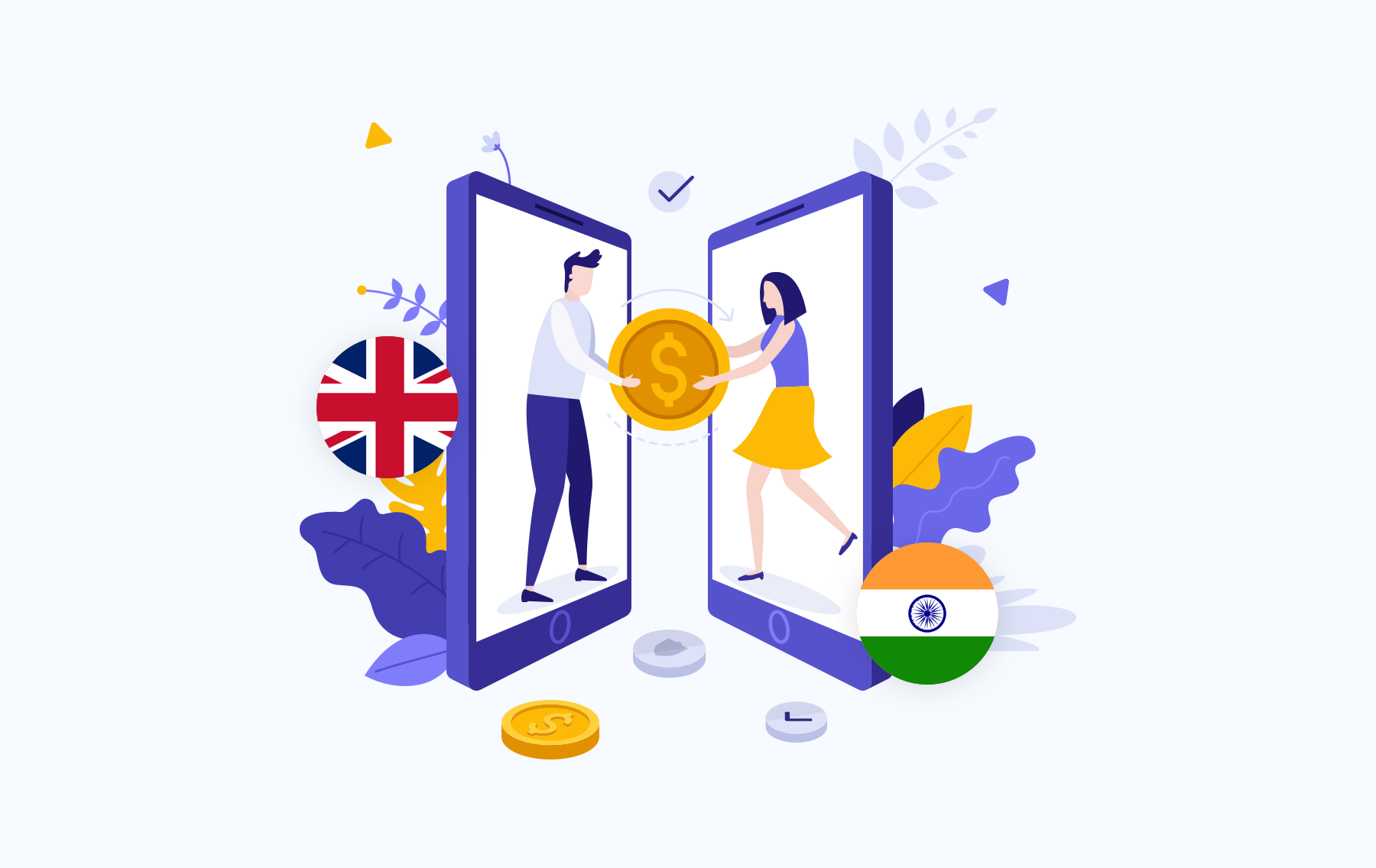The financial world has evolved into something limitless and comprehensive in the last few years. After the invention of the Mighty Internet, our aspect of banking mechanisms totally changed and we started to be more eager for speed, functionality, and ease. In retrospect, it is pretty surprising. Because we used to wait in endless queues in suffocating bank branches just 10 years ago. That was not all. Multiple documents, time-consuming durations, pricey transaction fees, and constant worry! We had no idea when our money transfer would reach the recipient! Therefore, the one word to define our traditional system is “uncertainty”. And as we all agree, uncertainty has never gone with businesses. Neither with bills! It would not be inaccurate to say that the old payment system of banking was a hunchback on business owners. Thankfully, it is a whole new era now.
British Imperialism in India Timeline
Indian–British relations would be an exact litmus paper to observe the abyss between the old way and the new way of sending funds. These two have had the fate of union since 1600 when Elizabeth I granted the newly formed East India Company by offering precious gifts to the Mughal court of Emperor Akbar the Great. Tudor England and Mughal India were the biggest traders around the globe then. In the following years, The British Government seized control of East India Company, and the area, including modern India, Pakistan, and Bangladesh, began to be called “the Indian Empire” (often known historically as the “British Raj”). Therefore, India became the jewel in the British crown from a small trading outpost whereas British Monarch Queen Victoria proclaimed as “Empress of India”. British Raj was carried on until the movement of revolution mingled with the ideology of Satyagraha (non-violence) by Gandhi and resulted in the Independence of India in August 1947.
Inextricable Bonds Between Britannia and Bhārata
The connection between these countries became inseparable even though India was independent. India is still a member of the Commonwealth of Nations, a political association of former territories of the British Empire. Today, Indian Britons comprise about 1.4 million people (2.3% of the total UK population), making them the largest visible ethnic minority population in the country.
This high population creates a tremendous market to send money from the UK to India through debit cards, net banking, or wire transfers. It is also possible to find online payment services and London to India money transfers with zero fees on any amount of transfer. Actually, there is another game-changer in this broadening market; digital wallets. Stepping forward with functionality, ease, and convenience, e-wallets are considered the best way to transfer money from the UK to India. Another great advantage of digital wallets is reasonable GBP to INR exchange rates compared to banks in the United Kingdom.
Using Jeton to Transfer Money From UK to India
Our digital wallet, Jeton Wallet, is an expert in the field of seamless and smooth money transfers solutions for Indians residing in the United Kingdom. Supporting tens of fiat currencies including GBP and INR, it is also hassle-free to exchange in Jeton. How about using a JetonCash Voucher in INR to send funds to your family and loved ones? Simply purchase our prepaid payment card that is redeemable at hundreds of online websites! Enjoy secure and fast online money transfers with Jeton!



